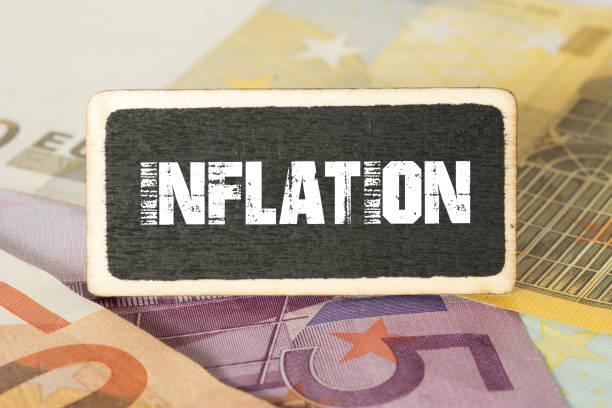The main release this week was euro area inflation from May. Inflation rose to 2.6% y/y from 2.4% in April, which was above expectations of 2.5%. The increase in inflation was due to core inflation rising to 2.9% y/y from 2.7% on the back of very strong services inflation. Overall, the inflation in May confirmed the picture we have seen in the past months of a strong underlying pressure on inflation from service prices. This sticky services inflation is a key reason for the ECB to wait for more data before embarking on a series of rate cuts after June as growth has also returned, and the labour market is historically strong.
The historically strong labour market was visible in the euro area unemployment rate, which declined to an all-time low of 6.4% in April. The strong labour market bodes well for an uptick in private consumption this year in combination with rising incomes and decent savings, but it also puts upward pressure on domestic inflation. A recovery may also be in the horizon in Germany where the Ifo index for May showed expectations rising to the highest level since mid-2023. Yet, the assessment of the current business situation declined, so while European growth is undeniably picking up pace, Germany’s recovery continues to trail behind.
In the US, consumer confidence for May came in stronger than expected and marked the first time in three months where the confidence indicator rose. Also in the US, Fed’s Kashkari said that he did not believe that any FOMC member had ruled out a rate hike.
Out of Asia, we got Chinese PMIs for May from NBS that disappointed to the low side, as the official PMI for the manufacturing sector dropped into retracting territory (below the 50 mark), standing at 49.5. The data highlights the fragility of Chinese growth and the continued need for stimulus, which is also recognized by the government. In Japan, Tokyo inflation (excl. fresh food) increased to 1.9% in May from 1.6%. Core price pressures remain modest though.
Next week focus turns to the ECB and the US jobs market report. The ECB is widely expected to deliver a 25bp rate cut, largely because the governing council members have stated as much. The updated June staff projections are expected to suggest that the prevailing economic and monetary policy narrative stays broadly unchanged, and we expect the rate cut to be formulated as a rollback of the ‘insurance hike’ from September last year. In the euro area, we also will closely follow the compensation per employee wage data for Q1 that is released with the final national accounts data on Friday.
In the US, the main event next week is the May job market report. We expect nonfarm payrolls to have grown by 190k, a modest uptick from April when weak public sector jobs growth weighed on the headline figure. Average hourly earnings growth likely remained steady at +0.2% m/m. Also in the US, we look out for the ISM data on Monday and Wednesday.
In Asia, we receive wage growth data from Japan and Chinese PMIs. It will be interesting to see if the Caixin PMI can hold up despite the decline in the NBS this week as it has generally been stronger than the NBS PMI. During the week we may get the results of the EU Commission’s investigation into Chinese EVs. Finally, we also look out for May inflation in Switzerland which is very important before the June monetary policy meeting.
Full report in PDF.









